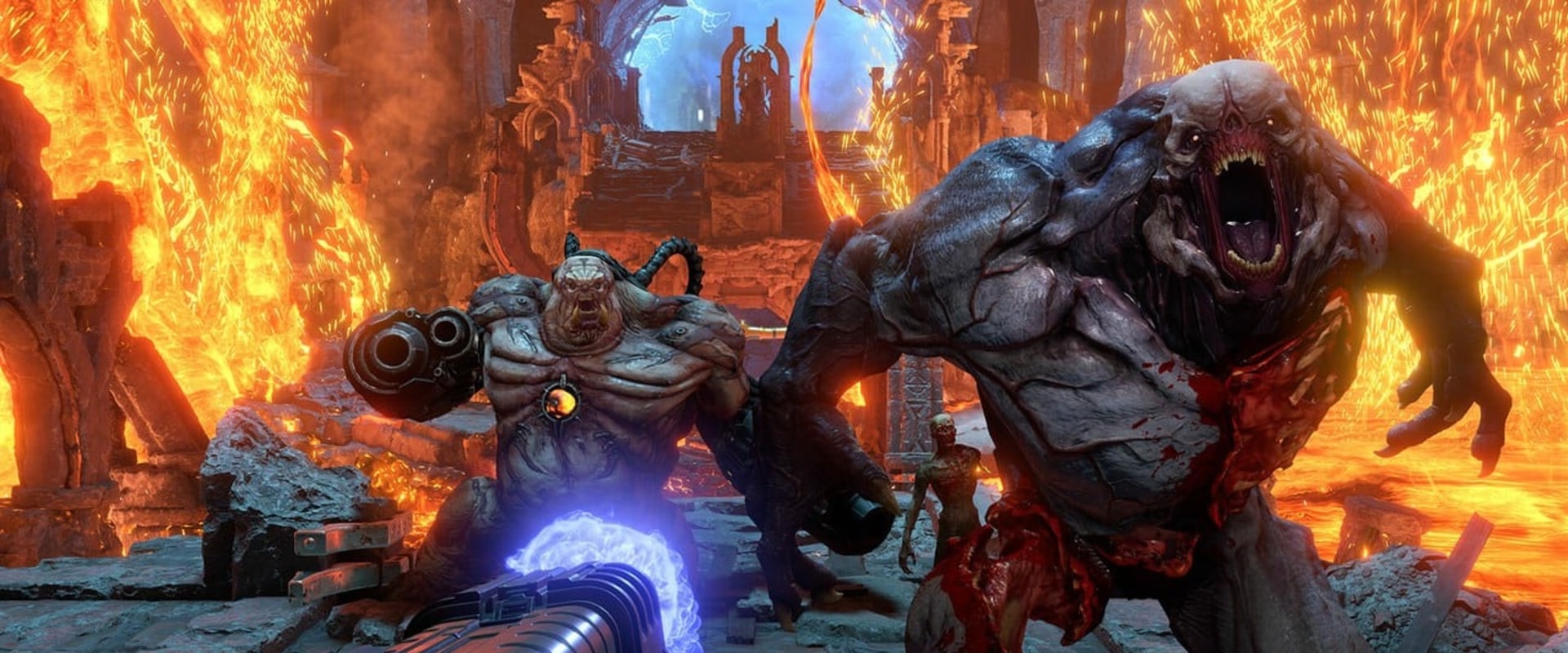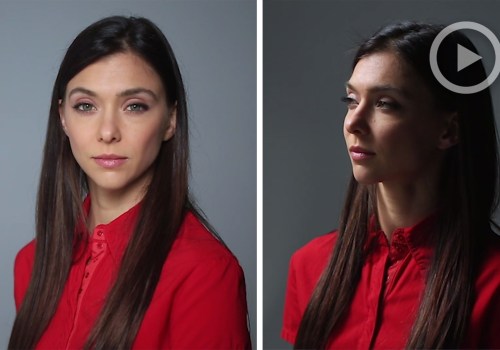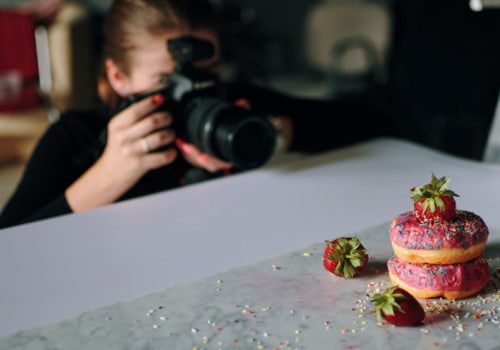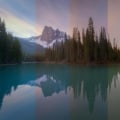Are you struggling to find the right level of difficulty for your skill level? Whether you’re a beginner, intermediate, or advanced photographer, it’s important to challenge yourself and take your skills to the next level. But how do you know what difficulty level is right for you? This article will help you determine the best learning environment for your skill level and set yourself up for success.
The first step in finding the right level of difficulty is to assess your current skills and knowledge.
Are you a beginner who is just starting out in photography, or do you have some experience already? It is important to be honest with yourself about your experience level, as this will determine which class or workshop is most suitable for you. Once you have determined your skill level, you can then begin to explore the various options available.One option is to attend a beginner-level class or workshop.
This type of class is designed to give you the basics of photography, covering topics such as composition, lighting, and exposure.Beginner-level classes are great for those who are just starting out in photography, as they provide a solid foundation that can be built upon.
For those with some experience in photography, intermediate-level classes or workshops may be more suitable.
These classes often cover more in-depth topics such as post-processing techniques and advanced composition. They are also great for those who want to refine their skills and take their photography to the next level.Finally, there are advanced-level classes and workshops available for those who have a strong understanding of photography fundamentals.
These classes typically focus on specialized topics such as astrophotography or wildlife photography.They are ideal for experienced photographers who want to further their knowledge and hone their skills in a specific area.
In addition to the different levels of difficulty, it is also important to consider the type of learning environment that best suits your needs.
Do you prefer one-on-one instruction, or do you prefer to learn in a group setting? There are many different options available depending on your learning style and preferences.When choosing a class or workshop, it is also important to consider the cost.
While more expensive courses may offer more features and better instruction, it is important to find a balance between cost and quality. It is also worth considering online options as these can be more affordable than attending a physical class or workshop.Finding the right level of difficulty for your skill level can be challenging, but by taking the time to assess your current knowledge and experience, exploring different options, and considering your learning style and budget, you can find the best learning environment for you.
Assess Your Skill Level
The first step in finding the right level of difficulty is to assess your current skills and knowledge. You need to consider factors such as how long you’ve been shooting, what type of camera and lenses you have, and what level of experience you have with post-processing software. It’s also important to consider what type of photography you’re interested in and what areas you would like to improve. Once you’ve determined your current skill level, you can begin to look for courses or workshops that best suit your needs. In order to ensure that you are able to get the most out of a photography class or workshop, it is important to find one that is tailored to your skill level.If a class or workshop is too advanced for your current abilities, it can be overwhelming and discouraging. On the other hand, if the class or workshop is too basic it can become boring or unhelpful. Finding the right balance between challenge and ease can help ensure a successful learning experience.
Consider Cost
When deciding on a photography class or workshop, cost should be taken into account. Different levels of courses can offer different prices, and it is important to make sure that the cost of the course is within your budget.Additionally, some courses may require additional materials or equipment, so it is important to factor in the cost of these items when making your decision. In addition to the cost of the course itself, it is also important to consider the overall value of the course. For example, you may find that a more expensive course offers more in-depth instruction or access to more resources that will benefit you in the long run. Additionally, some courses may have additional benefits such as discounts on equipment or access to exclusive opportunities.
It is also important to consider any hidden costs associated with the course, such as travel expenses and accommodation costs. Furthermore, some courses may require that you purchase additional materials or equipment which can add up quickly. Ultimately, when choosing a photography class or workshop, it is important to weigh up all of the costs associated with the course and make sure that it fits within your budget. It is also important to consider the overall value of the course and any additional benefits that it provides.
Choose Your Learning Environment
When selecting a photography class or workshop, it is important to consider the type of learning environment that best suits your needs.There are many different types of learning environments available, including online classes, in-person classes, and self-guided courses. Each type of learning environment has its own advantages and disadvantages that need to be weighed when making a decision. Online classes offer the convenience of being able to learn on your own schedule, from anywhere in the world. These classes are typically structured around a series of lectures and assignments.
They are usually less expensive than in-person classes, but may not provide the same level of interaction as in-person classes. In-person classes provide an opportunity to learn with an instructor in a traditional classroom setting. This type of learning environment can be beneficial for those who learn best through face-to-face interaction and feedback. Additionally, students can benefit from the support of their peers. However, these classes tend to be more expensive than online classes and may require additional travel costs. Self-guided courses offer a flexible learning approach that allows students to learn at their own pace and in their own way.
These courses are typically self-paced and require minimal instruction from the instructor. They are usually less expensive than other types of learning environments, but may not provide the same level of support as an instructor-led course. When considering which type of learning environment is best for you, it is important to consider your individual needs. For instance, if you prefer to learn in a more interactive environment, an in-person class may be the best option. If you prefer a more independent approach, a self-guided course may be the right choice for you.
It is also important to consider your budget when selecting a learning environment. When considering photography classes and workshops, it is important to find the right level of difficulty that suits your skill level. Assessing your skill level, exploring different options, and considering your budget are all important steps in finding the best learning environment for you.








